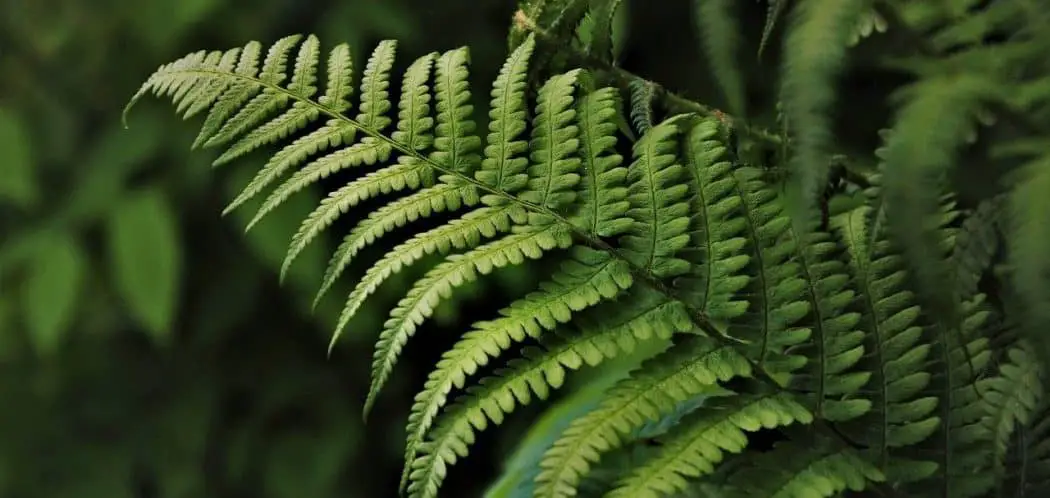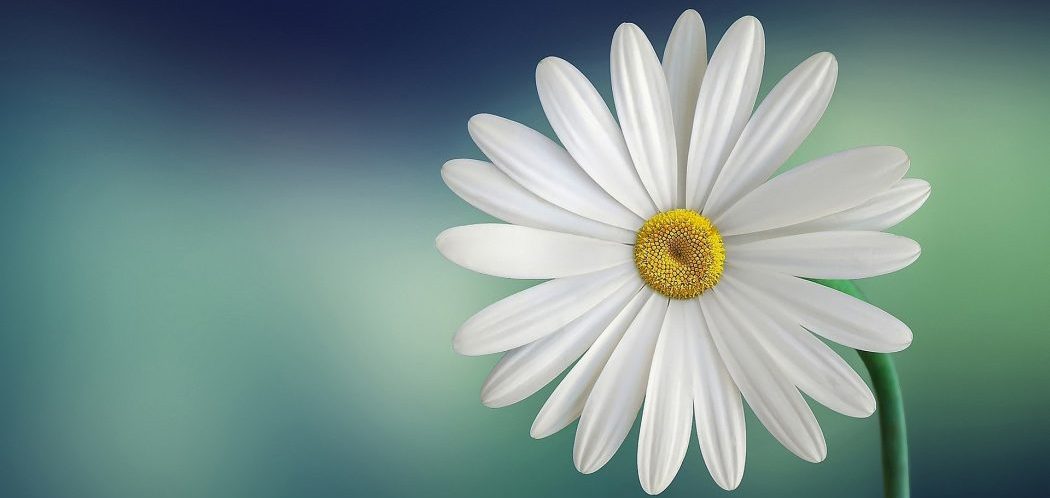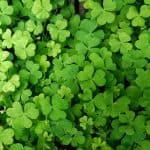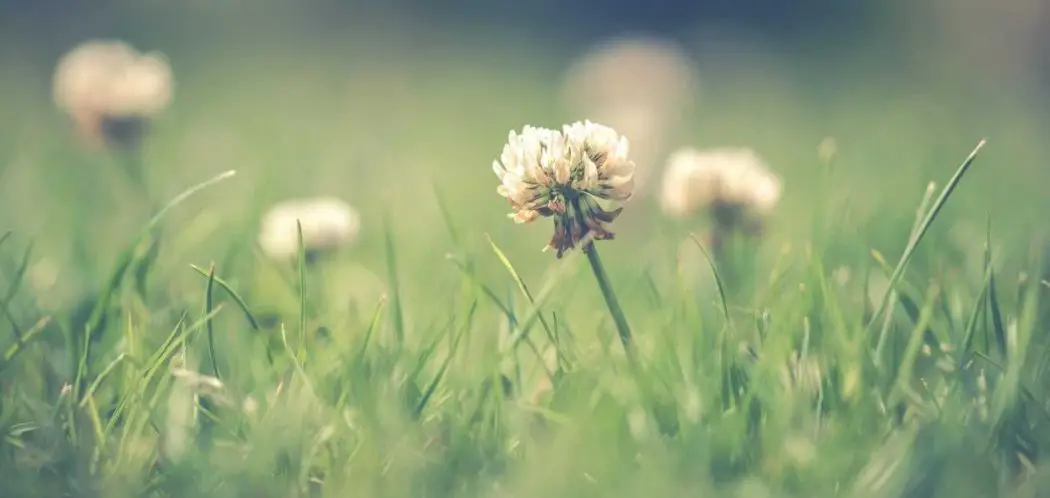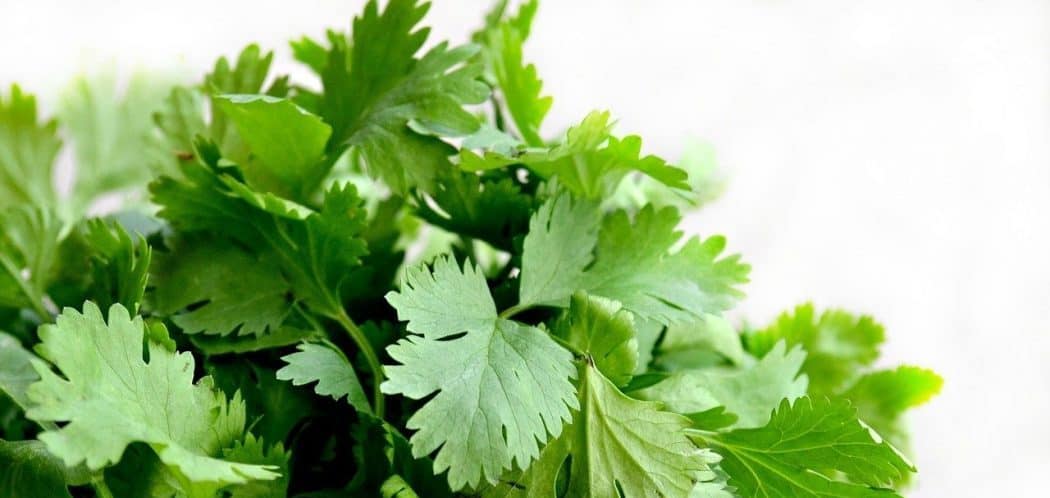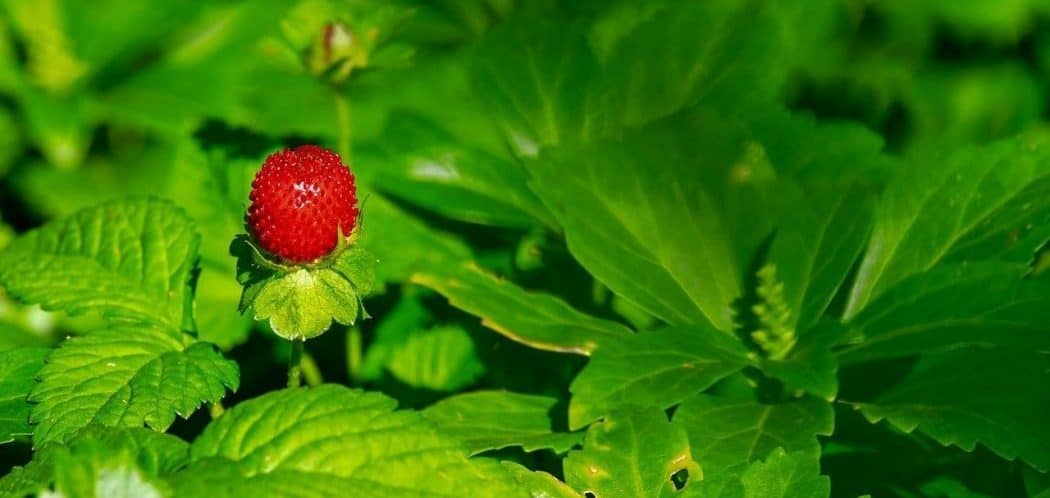Ferns are plants with no flowers, and they reproduce using spores. They are recognized by their complex leaves. They have roots, stems, and leaves, but they do not have seeds. They reproduce sexually with these tiny spores.
There are more than 10,000 different species of ferns, and they are easy to recognize because of their fronds. The fronds are leaves that are made up of smaller leaves with a central stalk. They can grow on the ground or on the trunks of trees, and there are some species that look like ferns, but are actually weeds.
A weed is any plant that grows in a place where you don’t want it, and it competes with the plants you do want and freezes them out. The following are weeds that look like ferns.
Jacaranda
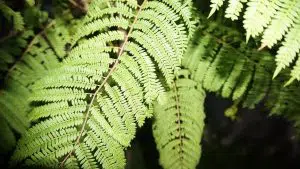
This species is a tree that is native to South America, especially in Argentina, Brazil, and Bolivia. It is also called blue jacaranda, purple panic, black poui, and the exam tree. They are flowering trees, with violet flowers that bloom in spring and can last around two months.
They have exotic leaves, which are very similar to some species of ferns. It is an ornamental tree that is often found on roadsides, but they gow fast, and they can outcompete native species. As a result, they have been classified as invasive in South Africa and Australia.
Velvet Mesquite Tree
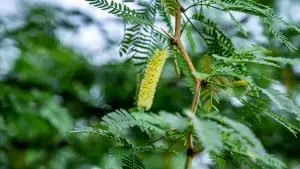
Another plant that looks like a fern is a medium sized tree called the velvet Mesquite Tree. They are native to deserts in North America. They are considered to be invasive and potentially dangerous to crops when they are found outside of their natural habitat. They are also classified as noxious weeds in different places.
They grow to be between 30 and 50 feet tall. They have deep roots and thorns at the base of their small branches. They have long stems with oval compound leaflets that are covered with tiny hairs, and these leaves resemble ferns. They produce yellow flowers that turn into long seed pods, and animals spread them when they eat them.
The Honey Locust
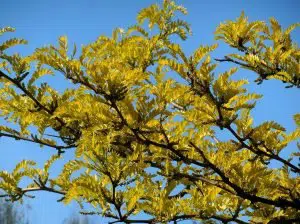
The Honey Locust is native to central North America, but it easily adapts and has been introduced to places all over the world. The name comes from the pods, which are eaten by wildlife and have a sweet taste. They can grow to between 66 and 98 feet, and they can live up to 120 years.
These trees are commonly used as ornamental trees, and they offer excellent shade because of their dense, fern-like foliage. They are very adaptable, grow fast, tolerate drought, and recover from transplanting quickly. They do have clusters of thorns on the branches for protection from herbivores. They are often considered invasive because they spread rapidly and grow quickly, outcompeting native plants.
Poison Hemlock
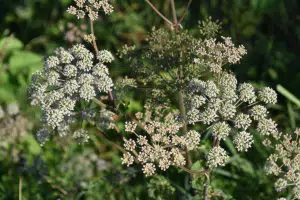
This is a biennial species with divided leaves. The rosettes can be as large as two feet in diameter, and it is usually found in pastures, hayfields, or areas without crops. The plant is hairless and the leaves are shiny. The leaf gets a waxy look and purple blotches as it grows.
Common Ragweed
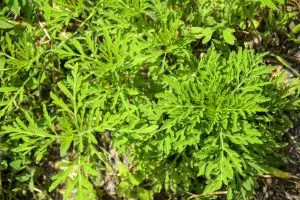
Ragweed has frilly leaves that are similar to ferns. It is a summer annual species, and it germinates in crop fields and areas that are disturbed.
It can reach up to three feet tall, and it branches to turn into a small bush. As it grows, the leaves are divided, and they grow upright. The seedlings are easy to see because they have round cotyledons at the bottom of the plant.
Pineapple Weed
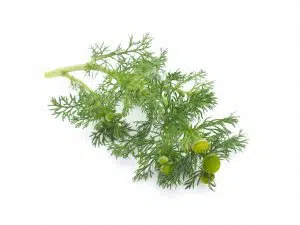
This weed is an annual species, and it has leaves that are very similar to ferns. It doesn’t usually show up in crop fields, but it is found in residential yards and waste areas.
It grows anywhere from 3 to 12 inches tall, and it looks like a small bush. It doesn’t have hair on the leaves or stems, and it looks somewhat succulent. It gets its name from its scent.
Queen Anne’s Lace
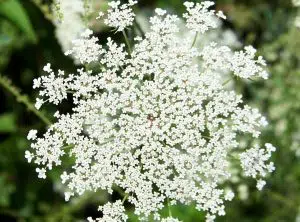
Also called wild carrot, this is a biennial species that has a rosette shape, and it looks like ferns, tansy mustard, and flixweed. It grows between two and five feet tall, and it blooms white flowers.
You will find it in hayfields, pastures, and perennial habitats. When it flowers, they are shaped like an umbrella, and there are many short flower stalks that come from the same spot. The umbel lies flat on the top. It usually has a single flower in the center with purple petals.
Final Words
There are many different weeds that look like ferns, and most of them are considered invasive. This means that they will take over your yard or field, and they will use the nutrients and other resources.
Although they have fern-like leaves, other features make it clear that they are a different type of plant.

